The fossil record offers us remarkable glimpses into evolutionary history, with bird skulls being particularly fascinating windows into the past. Birds, as descendants of dinosaurs, have developed some of the most specialized and distinctive skull morphologies in the vertebrate world. Paleontologists have unearthed fossils that challenge our understanding of avian evolution, revealing bizarre adaptations and unexpected anatomical configurations. From massive bills to strange crests and unusual eye sockets, these ancient bird skulls tell stories of environmental adaptation, selective pressures, and evolutionary experimentation. This article explores five of the strangest bird skulls ever discovered in the fossil record, offering insights into these remarkable creatures that once soared through prehistoric skies.
The Bizarre Hammer-Headed Pterosaur Relative: Hamipterus tianshanensis
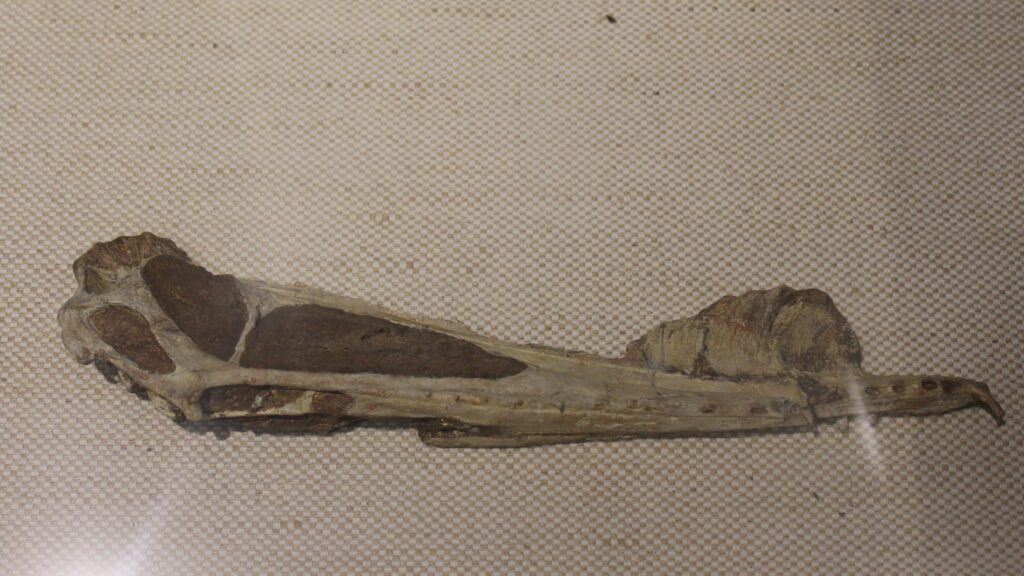
Though technically a pterosaur rather than a true bird, Hamipterus tianshanensis merits inclusion for its remarkable skull structure that reveals the evolutionary links between these flying groups. Discovered in northwestern China in rocks dating back approximately 120 million years, this creature sported an extraordinary crest that resembled a hammer or axe blade protruding from the top of its skull. Paleontologists believe this bizarre crest served as a sexual display feature, with males possessing larger, more elaborate structures to attract mates. What makes this skull particularly strange is how the crest connects to the main cranium, creating an almost tool-like appearance unlike anything seen in modern birds. Remarkably, researchers have discovered nesting sites with dozens of Hamipterus eggs, indicating these strange-headed creatures lived in large colonies despite their intimidating appearance.
The Pseudo-Toothed Terror: Pelagornis sandersi
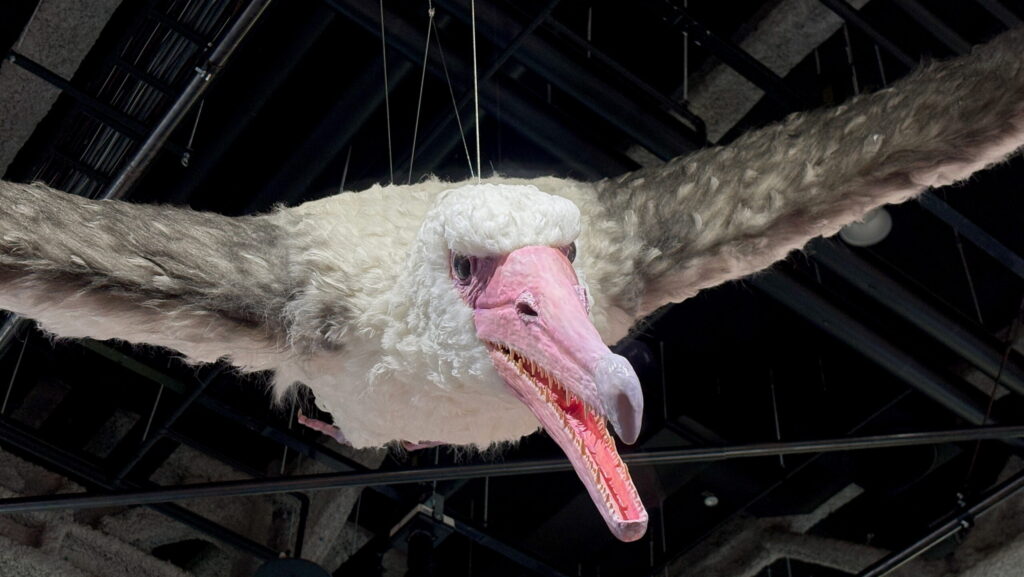
Pelagornis sandersi, which lived approximately 25 million years ago, holds the record for the largest wingspan of any bird (up to 24 feet), but its skull is what truly sets it apart in the fossil record. Unlike modern birds which lack true teeth, Pelagornis evolved bizarre pseudo-teeth—bony projections from its beak that created a serrated edge perfect for catching slippery prey. These “teeth” weren’t true dental structures but rather specialized outgrowths of the beak’s bone, creating an eerie middle ground between toothed prehistoric creatures and modern toothless birds. The skull itself was remarkably lightweight despite being nearly two feet long, with thin, hollow bones that maintained the bird’s ability to fly despite its enormous size. What makes this skull particularly strange is how it solved the problem of teeth through evolutionary workaround, demonstrating nature’s remarkable adaptability.
The Helmeted Horror: Osteodontornis orri
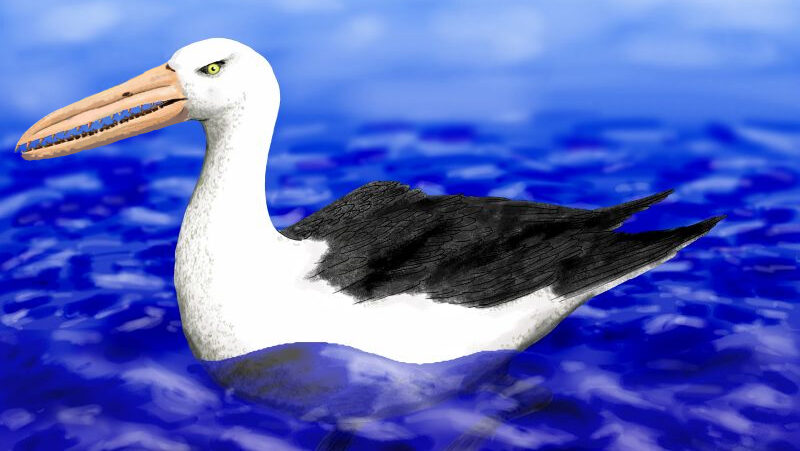
The Osteodontornis orri, a massive seabird that lived approximately 12-14 million years ago during the Middle Miocene, possessed one of the most unusual skull structures ever discovered. Its most distinctive feature was a large, helmet-like bony crest that extended from the top of its skull, creating a profile unlike any modern bird. This crest wasn’t merely decorative—paleontologists believe it served as an attachment point for powerful jaw muscles, allowing this prehistoric bird to generate tremendous biting force with its pseudo-toothed beak. The skull also featured unusually reinforced eye sockets, suggesting the bird endured significant pressure, possibly from high-speed dives into water to catch prey. Most bizarre was the combination of its massive size (comparable to a small airplane) with these specialized cranial features, creating a predator unlike anything alive today.
The Shovel-Beaked Enigma: Presbyornis pervetus
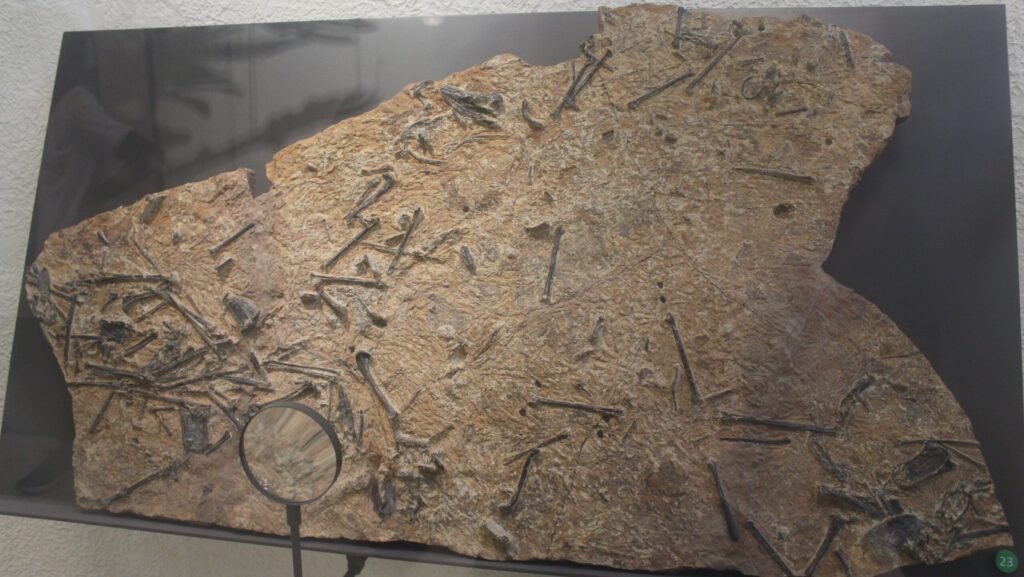
When paleontologists first discovered the skull of Presbyornis pervetus from the Eocene epoch (around 50 million years ago), they were baffled by its contradictory features. This strange bird possessed a skull that combined characteristics from seemingly incompatible modern bird groups—the body of a shorebird with the head and bill structure similar to ducks. Its most bizarre feature was the extraordinarily elongated, shovel-like bill that was disproportionately large for its head, creating an almost comical appearance. The nasal openings in the skull were positioned unusually far back, suggesting a highly specialized breathing adaptation possibly related to its feeding strategy. Microscopic analysis of the bill structure revealed sensitive nerve endings that would have allowed Presbyornis to detect prey by touch in muddy waters, similar to modern spoonbills but with an even more exaggerated morphology. This evolutionary experiment demonstrates how bird skulls have explored remarkable variations throughout their evolutionary history.
The Crown-Headed Mystery: Confuciusornis sanctus
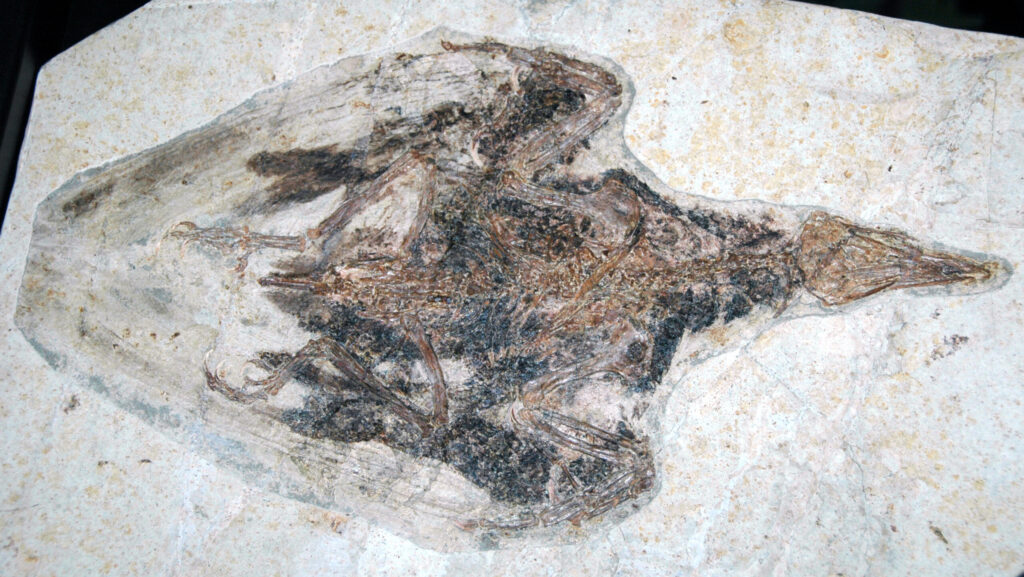
Dating back to the Early Cretaceous period approximately 125 million years ago, Confuciusornis sanctus represents one of the earliest birds with a modern-type beak instead of toothed jaws. What makes its skull truly strange is the presence of a prominent sagittal crest—a ridge of bone running along the top of the skull that would have supported powerful jaw muscles. This feature creates a crown-like appearance that seems at odds with the bird’s otherwise delicate frame. The beak itself shows a transition between reptilian and avian forms, with a curved tip that lacks the versatility of modern birds but represents an important evolutionary step. Perhaps most puzzling is the contrast between its relatively primitive skull structure and the presence of modern features like a pygostyle (fused tail vertebrae) elsewhere in its skeleton, suggesting mosaic evolution where different body parts evolved at different rates. This strange-headed creature provides a crucial glimpse into the early radiation of birds.
The Evolutionary Significance of Strange Bird Skulls
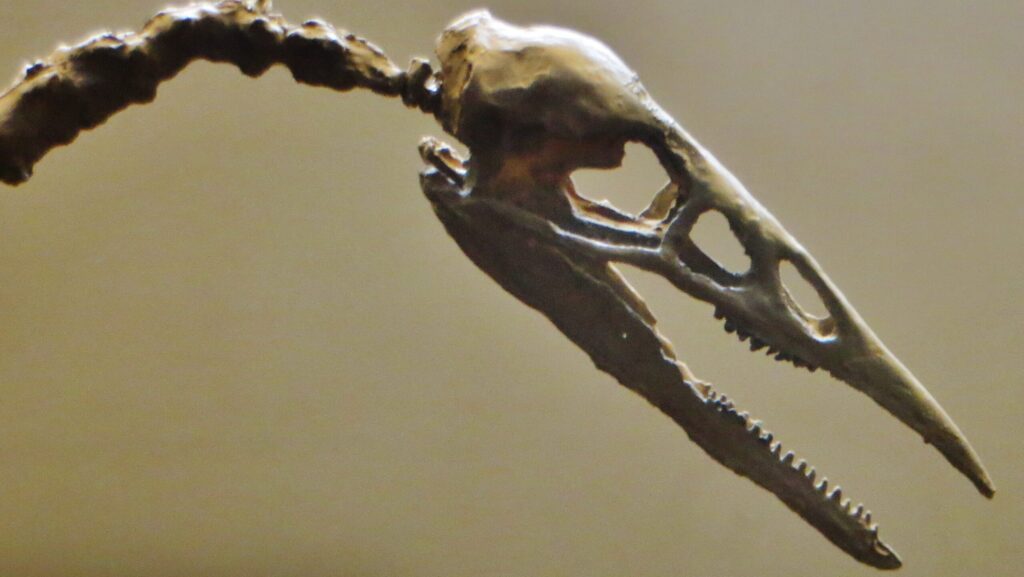
These bizarre fossil skulls represent more than just paleontological curiosities—they provide crucial insights into avian evolutionary processes. Each strange adaptation reveals how birds have continually experimented with skull morphology to exploit ecological niches, from specialized feeding strategies to sexual display mechanisms. The diversity of these skull structures demonstrates that evolution doesn’t follow a linear path from “primitive” to “advanced” forms, but rather explores multiple possibilities, with some experiments leading to evolutionary dead ends while others become refined into features seen in modern birds. By studying these strange skulls, paleontologists can better understand the selective pressures that shaped bird evolution, including climate changes, competition, predator-prey relationships, and sexual selection. The extreme morphological variations seen in the fossil record also highlight how modern birds represent just a fraction of the skull diversity that once existed in the avian lineage.
Modern Analogs: Strange-Skulled Birds Today
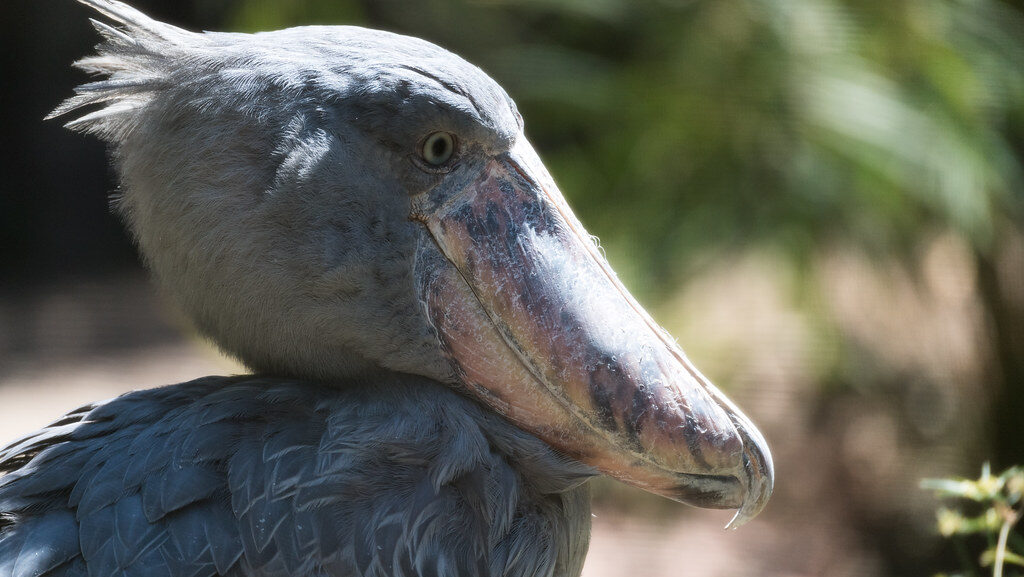
While the fossil record contains truly bizarre bird skulls, modern birds also exhibit remarkable cranial adaptations that echo these ancient forms. The shoebill stork, with its massive, shoe-shaped bill, demonstrates convergent evolution with some of the large-billed fossil species. Hornbills, with their distinctive casques (bony protrusions on their bills), show how cranial ornaments persist as important features in modern birds, serving similar display functions as their fossil counterparts. The skull of the helmeted guineafowl, with its unusual bony crest, provides a living example of how such structures can serve both practical and display purposes. Flamingos, with their highly specialized upside-down feeding apparatus, show how extreme skull modifications continue to evolve in response to ecological opportunities. These modern examples help paleontologists interpret the strange features seen in fossil skulls, offering clues about their possible functions and evolutionary significance.
Technological Advancements in Fossil Skull Analysis
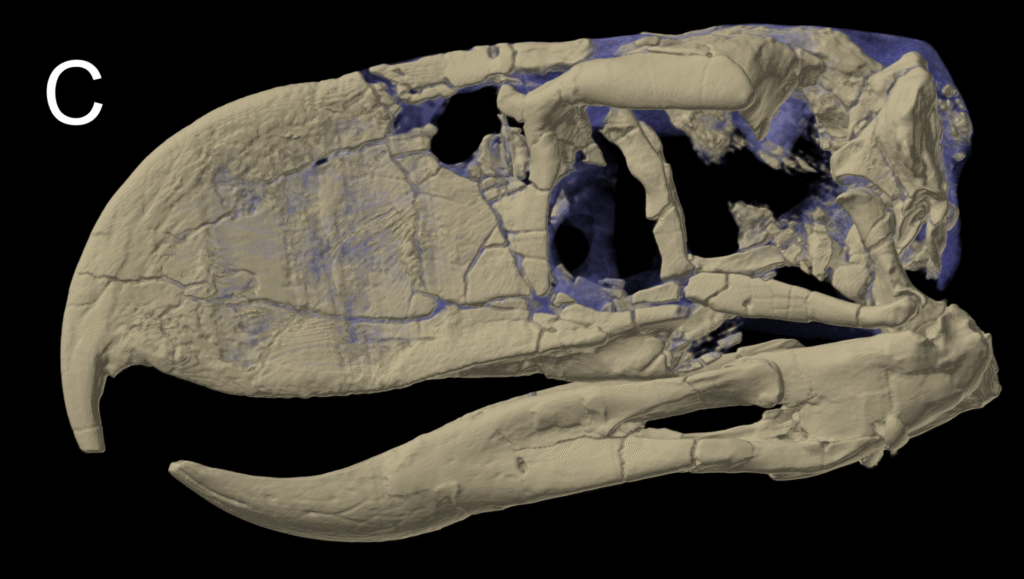
Our understanding of these bizarre bird skulls has dramatically improved thanks to technological innovations in paleontological research. Micro-CT scanning has revolutionized the field by allowing researchers to examine internal skull structures without damaging precious fossils, revealing details about brain cases, nerve pathways, and sinus cavities that help explain functional aspects of these strange skulls. 3D modeling techniques now enable scientists to digitally reconstruct fragmented or distorted fossil skulls, providing more accurate representations of how these birds actually appeared in life. Biomechanical analysis using computer simulations can test hypotheses about how these unusual skull structures functioned, from bite force calculations to stress distribution during different activities. Advances in comparative genomics, though not directly applicable to fossils, help researchers understand the genetic basis for skull development in modern birds, offering insights into how these strange structures might have evolved. These technological tools continue to reveal new secrets about the strangest bird skulls ever discovered.
Controversies in Fossil Bird Skull Interpretation
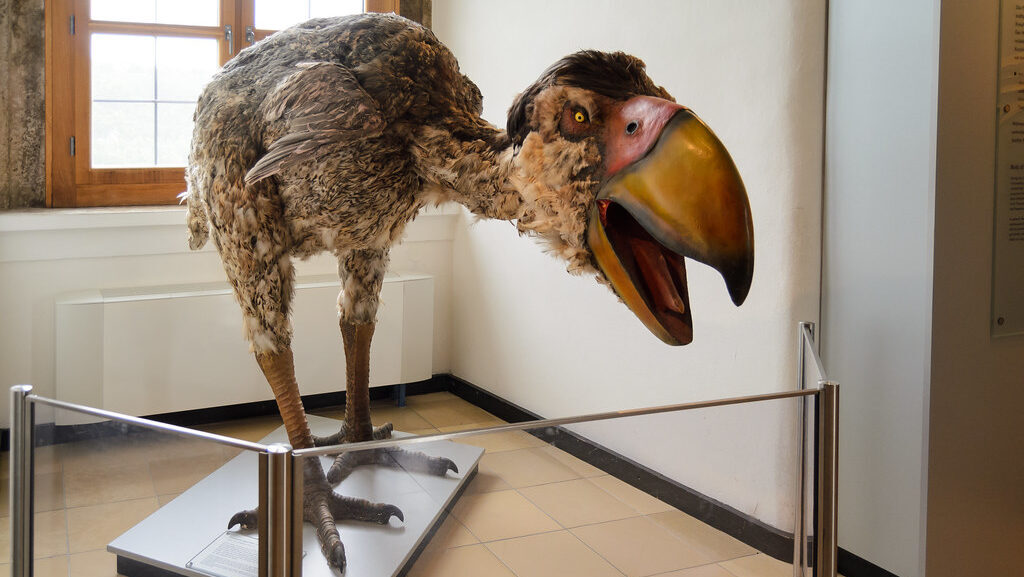
The interpretation of strange fossil bird skulls remains contentious among paleontologists, with several ongoing debates. One major controversy surrounds the purpose of elaborate cranial crests, with some researchers arguing they primarily served as sexual display features while others suggest thermoregulatory, acoustic, or species recognition functions. The classification of some bizarre skulls proves particularly challenging, especially for specimens that show characteristics of multiple groups, leading to disagreements about their proper placement in the avian evolutionary tree. Reconstructions of soft tissues and external appearances generate significant debate, as fossilization typically preserves only bone, leaving considerable uncertainty about how these strange-skulled birds actually looked in life. Some paleontologists question whether certain extreme skull features might represent pathologies or abnormal development rather than typical species characteristics, especially for specimens known from single or partial fossils. These scholarly disagreements drive continued research and new discoveries about these fascinating creatures.
Geographic Distribution of Strange Bird Skull Fossils
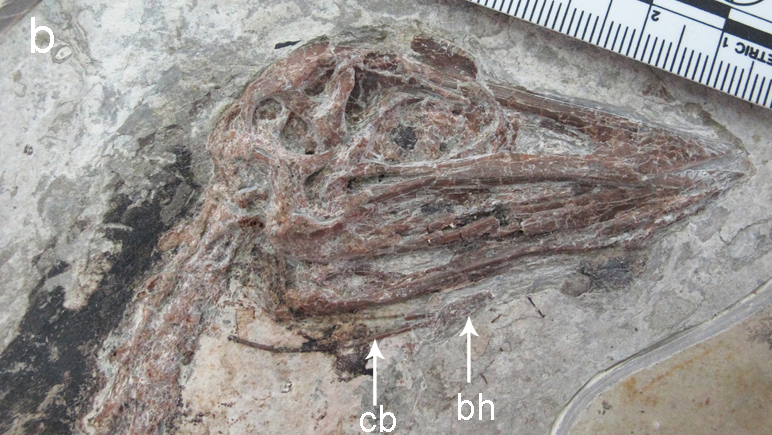
The distribution of bizarre bird skull fossils across the globe provides important context for understanding their evolution. China’s Liaoning Province has yielded an extraordinary wealth of well-preserved strange-skulled bird fossils, including Confuciusornis, thanks to ancient volcanic eruptions that rapidly buried creatures in fine ash, preserving delicate structures. North American deposits, particularly in Wyoming and the western United States, have produced remarkable pseudo-toothed bird skulls from ancient seaways that once divided the continent. The La Meseta Formation in Antarctica has surprised paleontologists with diverse bird skull fossils, demonstrating that this now-frozen continent once hosted a variety of strange-headed avian species in a much warmer climate. European fossil beds, especially those in Germany and France, have contributed significantly to our understanding of strange bird skull evolution through exquisitely preserved specimens from ancient lagoons and lake systems. This global distribution pattern reveals how different environments influenced the development of unusual skull features across the avian family tree.
The Role of Mass Extinctions in Bird Skull Evolution
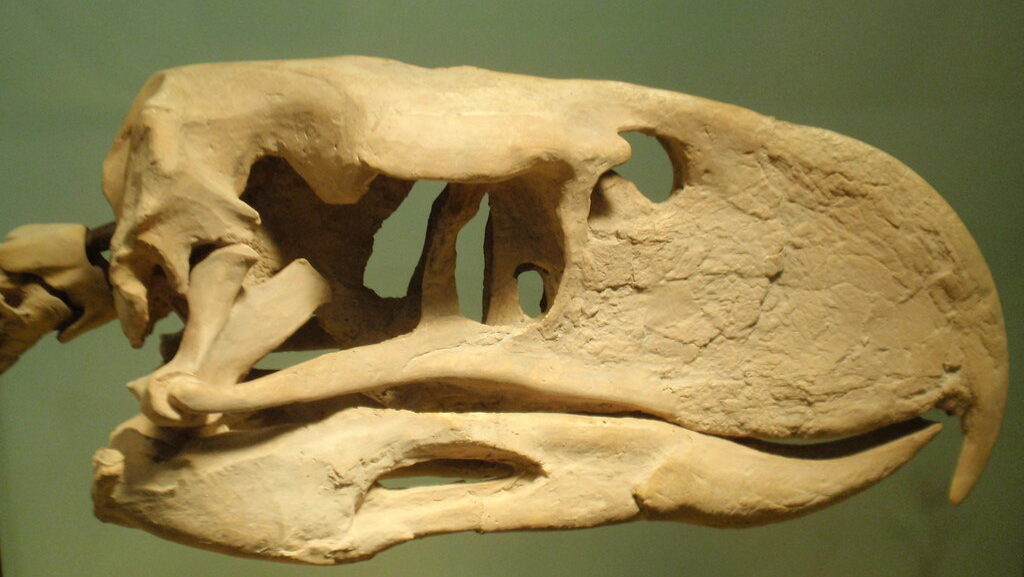
Mass extinction events have dramatically shaped the trajectory of bird skull evolution, eliminating some of the strangest forms while creating opportunities for new adaptations. The end-Cretaceous extinction that wiped out non-avian dinosaurs approximately 66 million years ago also eliminated many bizarre bird lineages, particularly those with more reptilian skull features, leaving primarily the neornithine birds (ancestors of modern birds) to diversify. The Paleocene-Eocene Thermal Maximum around 56 million years ago created new ecological opportunities as global temperatures rose, leading to the evolution of specialized skull morphologies adapted to changing environments and food sources. The middle Miocene disruption approximately 14 million years ago coincided with the disappearance of several strange-skulled seabird lineages, potentially due to changing ocean conditions and competition from emerging marine mammals. These extinction events acted as evolutionary filters, determining which skull adaptations would persist and which would disappear forever, fundamentally shaping the course of avian cranial evolution.
The Challenge of Reconstructing Soft Tissues
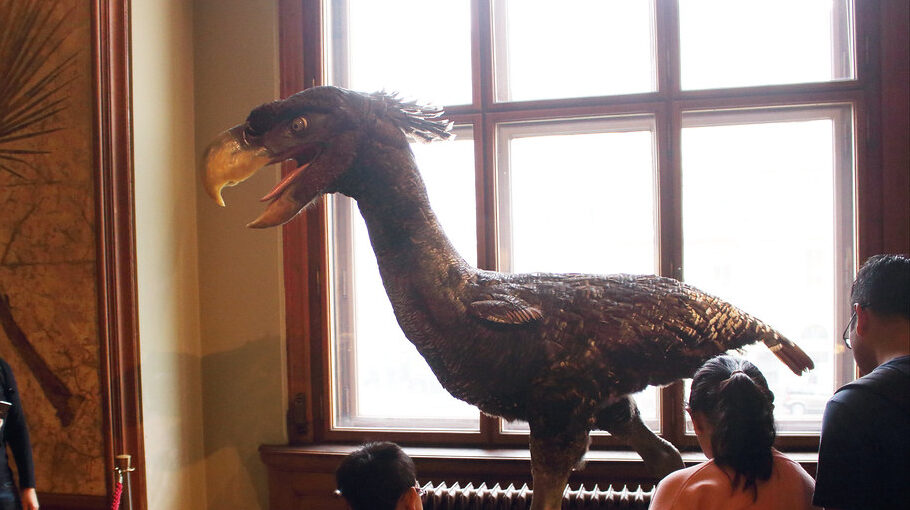
One of the greatest challenges in understanding strange fossil bird skulls is accurately reconstructing the soft tissues that once covered these bony structures. While the skull provides the framework, features like beaks, wattles, combs, and facial skin leave few direct traces in fossils, requiring paleontologists to make educated inferences based on bone textures, comparison with living relatives, and evolutionary principles. The keratin covering that forms bird beaks rarely fossilizes, meaning the exact shape, color, and texture of these important structures must be extrapolated from the underlying bone. Blood vessel impressions and nerve channels in fossil skulls provide important clues about soft tissue structures, allowing researchers to identify areas that likely supported specialized sensory organs or highly vascularized display features. In rare cases, exceptional preservation conditions have captured impressions of soft tissues, providing direct evidence of how these strange-skulled birds actually appeared in life and revolutionizing our understanding of their biology and behavior.
Future Discoveries: What Strange Skulls Await?
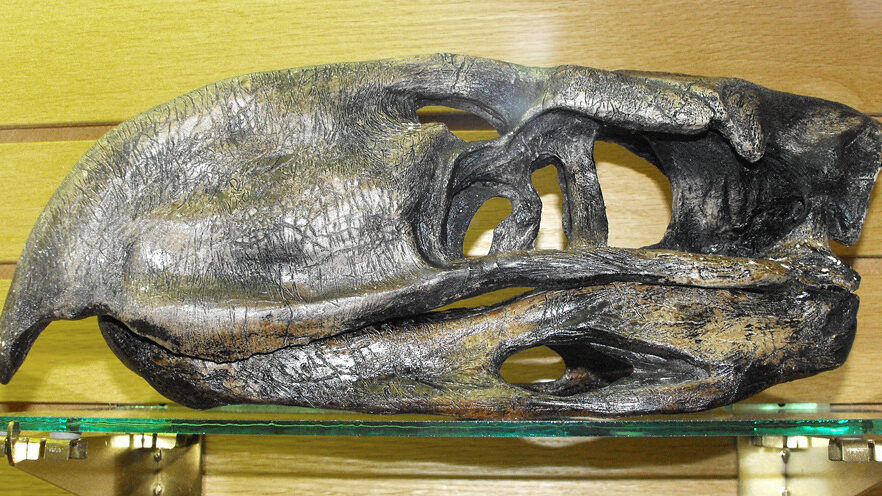
The field of paleontology continues to unearth new and bizarre bird skull fossils, with several promising areas likely to yield future discoveries. The unexplored sedimentary basins of Central Asia, particularly in Mongolia and Kazakhstan, contain largely untapped fossil beds from key periods in avian evolution that may hold previously unknown skull morphologies. Underwater paleontological exploration is revealing fossils preserved in ancient seabeds, with specialized diving expeditions recovering bird remains from submerged sites that were previously inaccessible. Advanced scanning technologies are allowing researchers to examine museum specimens that have been in collections for decades, sometimes revealing strange skull features that were hidden within rock matrices or overlooked during initial examinations. Climate change is accelerating the exposure of fossils in arctic and subarctic regions as permafrost melts and erosion increases, potentially revealing strange-skulled bird species from high-latitude environments where preservation conditions are excellent. These ongoing research efforts ensure that our understanding of bizarre bird skull evolution will continue to expand in surprising directions.
Conclusion
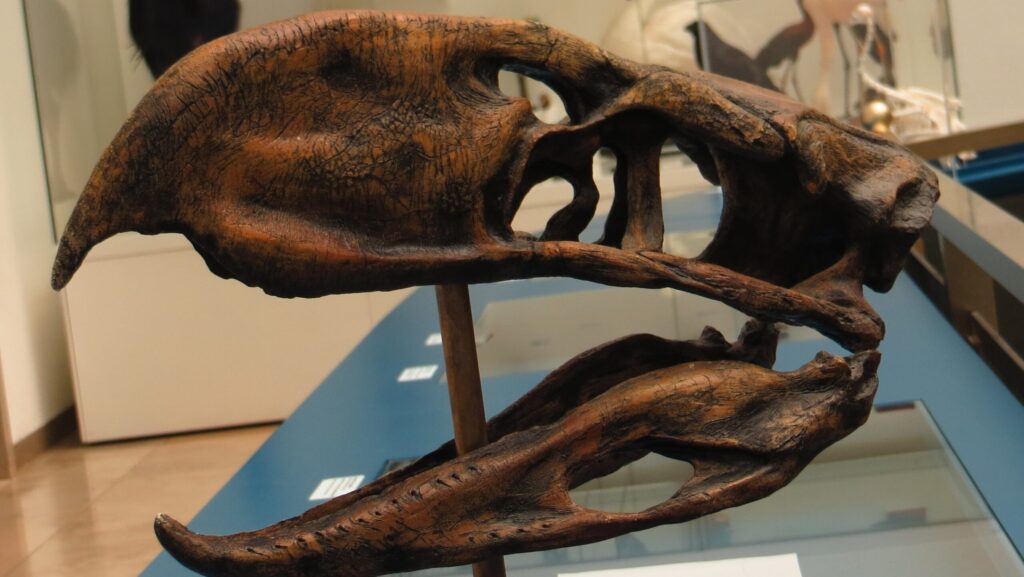
The strange bird skulls preserved in the fossil record represent nature’s incredible capacity for innovation and adaptation. These bizarre cranial structures—from hammer-headed crests to pseudo-teeth and shovel-shaped bills—demonstrate the remarkable evolutionary experimentation that has occurred throughout avian history. While many of these strange adaptations eventually disappeared, they provide crucial insights into how birds responded to ancient environmental challenges and opportunities. As paleontological techniques continue to advance, we can expect even more bizarre skull morphologies to be discovered, further expanding our appreciation for the diversity of bird life that has existed throughout Earth’s history. These strange-skulled creatures remind us that the birds we see today represent just a fraction of the remarkable variations that evolution has produced in the 150+ million years since birds first appeared.
